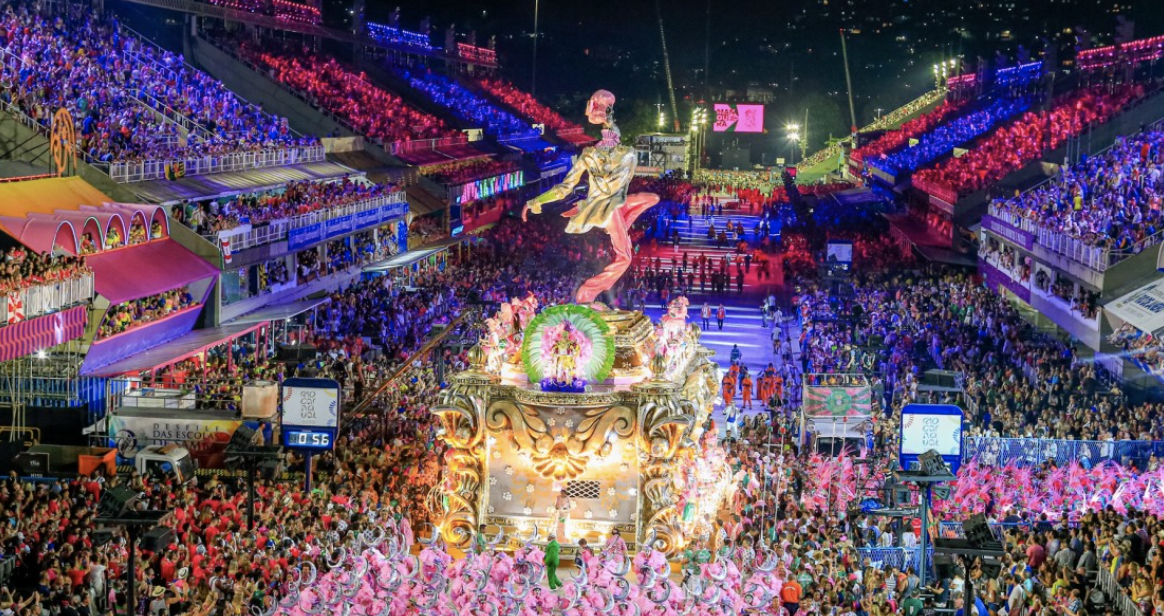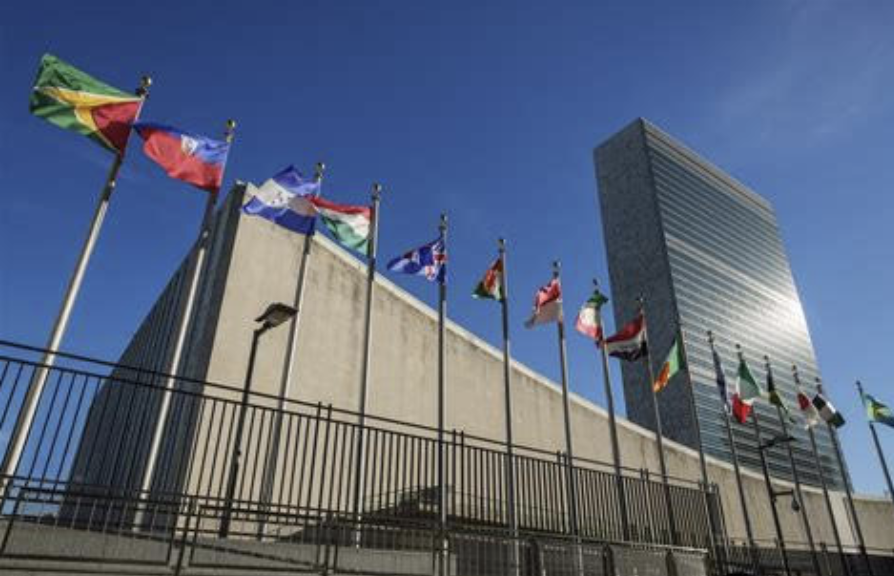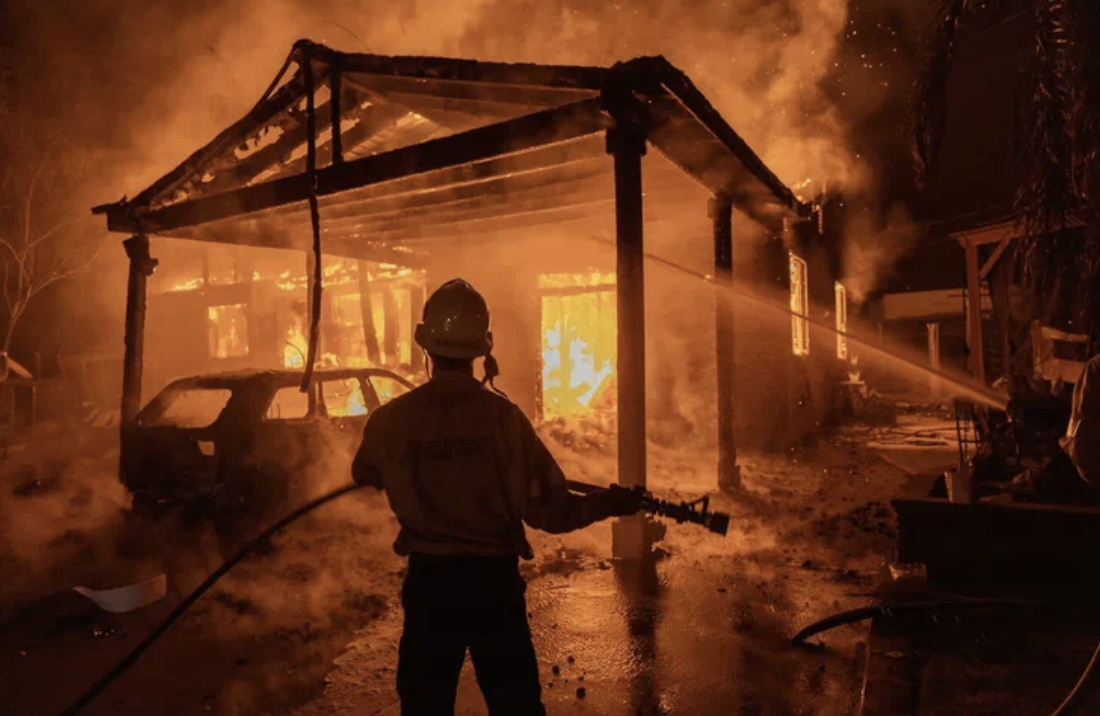By Terra Han, Year 11
In the lively mosaic of cultural celebrations, few events radiate as brilliantly as the Brazilian Carnival. An unparalleled spectacle of color, rhythm, and exuberance, Carnival stands as a testament to Brazil’s rich culture and its ability to captivate the world. Rooted in different parts of the world, the carnival has evolved to unite millions around the world. This extraordinary celebration is valued in part due to its origin, also as it is celebrated in cities across Brazil, and because it provides an excuse for fans to get dressed up!
The Brazilian Carnival is an annual festival celebrated on a Friday afternoon, marking the start of Lent. Lent is a Christian period of fasting and regret for one’s sins that is observed on the 40 weekdays from Ash Wednesday to Easter. The term “carnival” comes from carnelevare, meaning “to remove meat,” as Lent traditionally involves abstaining from meat. Its origins date back to the Portuguese Age of Discoveries, influenced by the lively carnival traditions of Madeira island, where the Portuguese regularly passed through. Carnival is undoubtedly the most popular holiday in the country, becoming a nationwide event. It brings the entire country together in celebration for almost a week, with intense festivities lasting through the day and the night. In 2011, Rio de Janeiro’s carnival attracted 4.9 million people alone, including 400,000 foreigners.
Brazilian Carnival varies in its celebrating methods, music and costumes depending on different regions of the country. In southeastern cities like Rio de Janeiro, organized parades led by samba schools are a major highlight. Rio de Janeiro is arguably the most popular place for Carnival. Here, the predominant music is samba; an afro-brazilian style of music that incorporates lively rhythm and various percussions. In contrast, cities such as Belo Horizonte feature minor parades which allow public participation. In northeastern cities like Recife and Olinda, organized groups parade through the streets, interacting directly with the public during the six-day celebration. They celebrate with frevo and maracatu music, a mixture of diverse cultural influences, from African beats to European military fanfares, using instruments like pandeiro. In all of these places, Afro-Brazilians have played a crucial role in shaping the rhythms and musical elements.
The carnival’s aesthetic is also drawn from Indigenous clothing. A typical outfit of a performer would be decorated with huge feathers on the head protruding like a tall crown, or around the arms like an angel. This closely resembles the outfits that the Indigenous peoples wore, not to mention the vibrant colors of the clothing. As a spectator in the stands, light, colorful, and more casual clothing is the norm. Costumes of any choice are welcomed, and accessories such as wigs, big necklaces, and crazy hats are popular.
All in all, the Brazilian Carnival stands as a spectacular testament to the nation’s cultural vibrancy, unity, and festive spirit. From the organized parades of samba schools in Rio de Janeiro to the lively street celebrations in cities across the country, the Carnival embodies a sense of joy and togetherness. Its ability to transcend social, cultural, and geographic boundaries underscores its universal appeal, making the Brazilian Carnival not merely a nationwide event, but a cultural phenomenon that continues to capture the hearts and imaginations of people worldwide.



